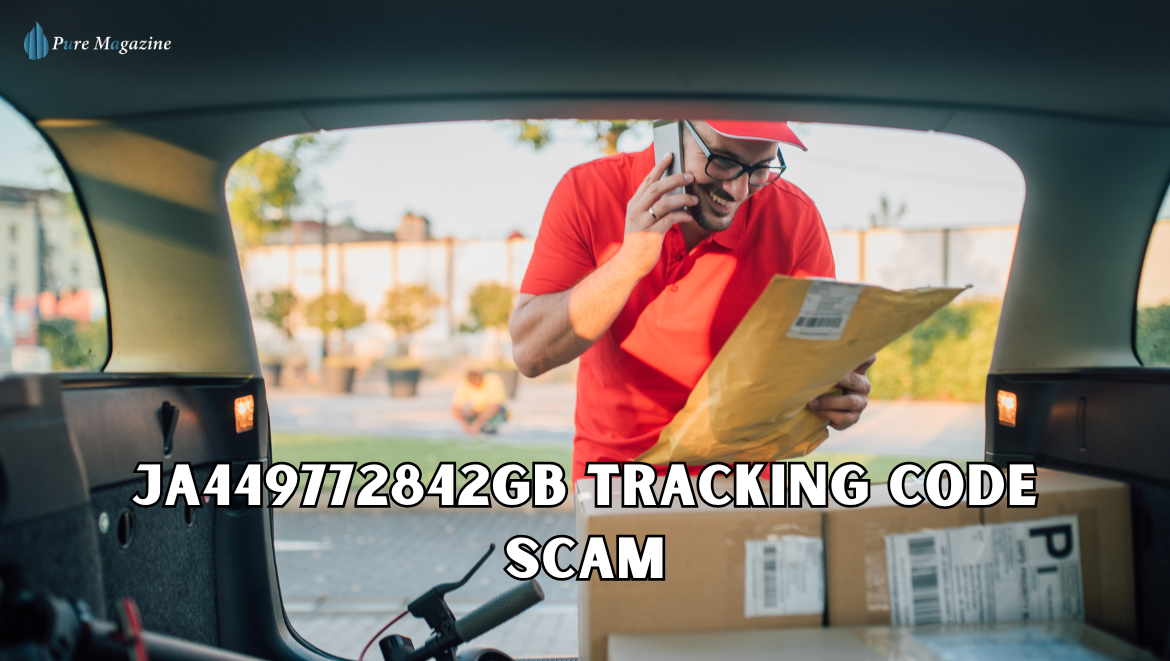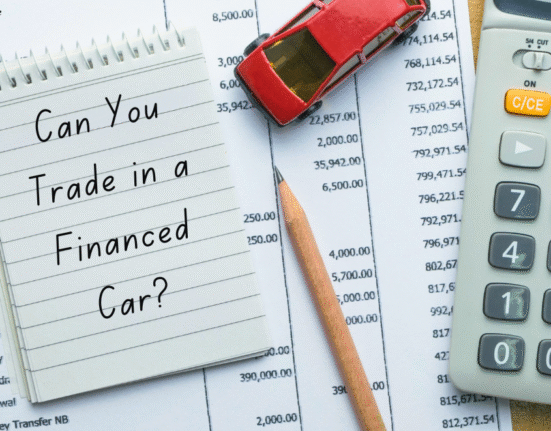It starts innocently.
Your phone buzzes at 7:14 a.m. A new text lights up the screen while you’re sipping your first coffee:
“Your parcel ja449772842gb could not be delivered. Pay £1.99 for redelivery.”
You freeze.
Maybe you are waiting on a delivery — a birthday gift, an Amazon order, maybe that jacket you bought in the middle of the night. The code looks official enough. It ends with GB, just like real Royal Mail and Parcelforce parcels.
The message feels urgent. The fee is tiny. And before you know it, you’re hovering over the link.
That’s exactly the trap.
Why This Code Feels Real
ja449772842gb looks harmless, but it’s no accident.
Scammers don’t just randomly combine numbers. They mimic the exact structure of genuine UK parcel tracking codes. Royal Mail and Parcelforce regularly issue numbers ending in “GB.” It’s a subtle detail, but it tricks your brain into thinking: Yep, that looks right.
And it works because of context.
The UK ships more than 1.3 billion parcels every year. Most households are waiting on something — groceries, clothes, tech, gifts. So when a message like this lands in your inbox, it doesn’t feel suspicious. It feels… possible.
That’s the psychology. Scammers aren’t betting on chance. They’re betting on timing, urgency, and that split second of doubt.
The Moment of Truth: How to Check ja449772842gb
Here’s what separates a real delivery from a fake one:
- Real codes: Always traceable on official courier websites.
- Fake codes: Go nowhere unless you follow the scammer’s link.
So how do you check?
- Open the official Parcelforce tracker.com/track-trace.
- Type in the code exactly as it appears.
- Hit search.
If ja449772842gb were real, you’d see a timeline of events: Dispatched. In transit. Out for delivery.
Instead? You’ll see: “Number not recognized.”
That’s your sign. No parcel. No delivery. Just a con dressed up in courier clothes.
The Anatomy of a Delivery Scam
Here’s how the play usually unfolds:
- The Hook – You get a text or email saying your parcel (ja449772842gb, or something similar) couldn’t be delivered.
- The Bait – They dangle a tiny fee — usually between £1.50 and £3 — to “release” your package.
- The Switch – You click the link, which looks like Parcelforce or Royal Mail but isn’t.
- The Sting – You hand over your card details. Suddenly, the £1.99 “redelivery fee” snowballs into drained accounts.
For thousands of people, this isn’t just theory. According to UK consumer watchdogs, parcel delivery scams jumped by more than 33% in the last two years, with fraudsters exploiting the boom in online shopping.
And they don’t stop at money. Once scammers have your details, they can target you again and again.
Why the “GB” Ending Matters
The “GB” ending is what makes ja449772842gb dangerous.
To someone who’s never studied tracking codes, it feels legit. It mirrors the format couriers use for millions of genuine parcels. Scammers know that. They’re not just throwing spaghetti at the wall — they’re copying the system, right down to the country code.
Think of it like counterfeit cash. If it looks close enough to the real thing, most people won’t question it in the moment.
The Genuine Players: Parcelforce, Royal Mail, and the Post Office
Let’s clear something up: not every odd-looking tracking number is a scam.
- Royal Mail handles the bulk of UK parcel traffic. Their codes often end in
- Parcelforce Worldwide specializes in bigger deliveries, often with longer numeric strings.
- The Post Office acts as a hub, moving parcels through these networks.
When you buy something online, the tracking code will always appear in your order confirmation or retailer’s account page. You won’t be asked to “confirm payment” via a random text.
But scammers thrive in chaos. During industrial action, postal strikes, or Christmas backlogs, fake texts spike because people are already nervous about missing deliveries. That’s when a code like ja449772842gb slips past your defenses.
How to Protect Yourself From Fake Tracking Codes
The best defense is simple, but powerful:
- ✅ Go direct. Always type Parcelforce or Royal Mail into your browser — never click the link in a text.
- ✅ Don’t pay redelivery fees. Unless you initiate it on the official site, treat it as a scam.
- ✅ Cross-check with your orders. If you didn’t buy anything, you don’t have a delivery.
- ✅ Report it. In the UK, forward scam texts to 7726 (that’s “SPAM” on your keypad).
Think of tracking codes like fingerprints. Genuine ones leave a trace in the system. Fake ones vanish the moment you try to verify them.
FAQs
Q: What is ja449772842gb?
A: It’s a suspicious tracking number often used in delivery scams to mimic Parcelforce or Royal Mail.
Q: Is ja449772842gb real?
A: No — when entered into official tracking systems, it shows “number not recognized.”
Q: Why do scammers use numbers ending with GB?
A: To copy the format of legitimate UK parcel codes and trick people into trusting them.
Q: What should I do if I get a text about this code?
A: Ignore the link, check official courier sites directly, and report the message.
Q: How do I know if my parcel is genuine?
A: Match the code against your retailer’s order confirmation. If it’s not there, it’s fake.
Final Thoughts: Don’t Let Panic Win
The scariest thing about scams like ja449772842gb isn’t the code itself. It’s the speed.
Scammers don’t give you time to think. They want you half-asleep, distracted, stressed, rushing. You’re busy, always waiting on something — and they know it. And they know that for £1.99, most people won’t hesitate.
But now you know better.
So next time your phone buzzes with a mystery parcel code, remember this: don’t panic — verify. Real parcels will always show up on the courier’s official site. Fake ones? They only exist in the message that tried to trick you.
And just like that, you’ve turned the tables.
Visit: Pure Magazine








